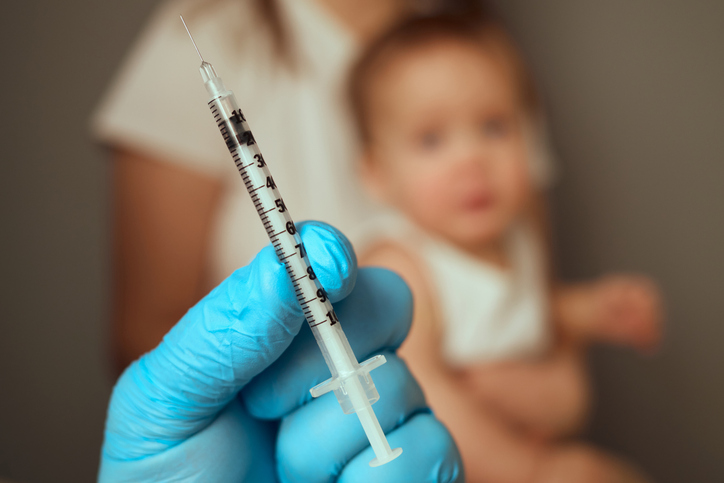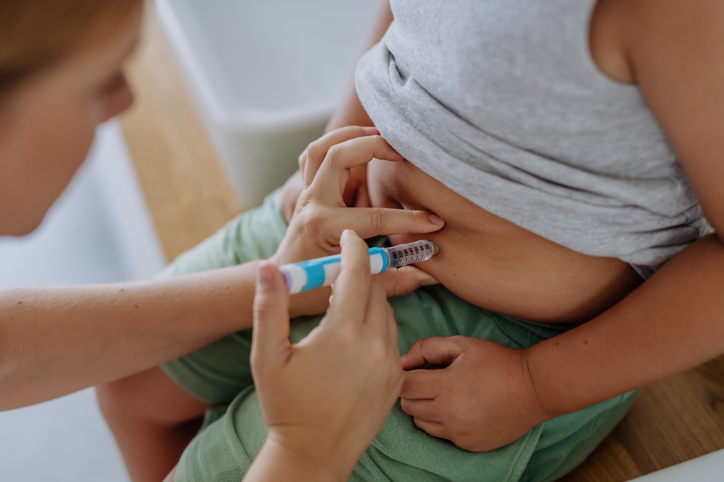It’s been almost two months since SARS, the Asian “mystery pneumonia,” burst onto the world scene, yet already so much has changed.
The causative agent is now believed to be an especially virulent form of a common cold virus–the coronavirus. Why this one is so virulent no one yet knows. We know it started in China and spread to Hong Kong and from there to all points around the globe. We know it’s highly contagious, just as a cold is.
The WHO physician responsible for the initial investigation succumbed to it. We know it has an incubation period of up to 10 days; it starts like the flu, with fever, chills, and muscle aches; and after three to seven days it progresses to a cough and shortness of breath; in up to 20 percent of cases, the shortness of breath is bad enough to require ventilator support. We know we have no effective treatment yet, beyond supportive care. And we know the mortality rate is around 4 percent.
We also know this: SARS has been difficult to control in Hong Kong because so many health care workers have been infected. Shortly after the outbreak started, emergency rooms and hospital wards were full of doctors and nurses … as patients. Incapacitated health care workers mean fewer people to treat the very sick–and fewer people to decide who needs to be quarantined. Not surprisingly, outside of China proper, Hong Kong has had the highest number of cases, and the highest number of deaths.
A Lesson for the U.S.
There’s a lesson to be learned here, and one we ignore at our peril. If an infectious disease with only a 4 percent mortality rate has wreaked so much havoc on Hong Kong’s health care system, imagine what a disease with a higher mortality rate would do. Say, a disease with a 30 percent mortality rate–a disease like smallpox.
Even as this lesson plays itself out in Hong Kong, efforts in the U.S. to prevent just such a scenario in the event of a smallpox bioterror attack are stalling. Three states–Illinois, New York, and California–and several hospitals have put their pre-attack vaccination plans on hold.
The reason? Nationwide, three people died of heart attacks within a few weeks of receiving the vaccine. Three people out of more than 125,000 vaccine recipients. Two of them were known to have coronary artery disease. The other was a middle-aged man who smoked and had high cholesterol. If none of them had been vaccinated, their heart attacks would have raised nary an eyebrow.
There is no reason to suspect smallpox vaccine caused these heart attacks. In the almost two hundred years that the smallpox vaccine was in widespread use, there were no reports of an association with heart attacks. It has been known to cause an infection of the heart muscle (myocarditis) or the lining around the heart (pericarditis), but neither condition causes heart attacks.
Yet, because the CDC is not only tracking every single event that occurs after a vaccine (as is proper in their role as epidemiologists), but also notifying the media about every single event, no matter how remotely related (not so proper or wise), the smallpox vaccine is being unfairly characterized as more dangerous than it is.
The CDC has gone even farther. To eliminate as much risk as possible, they’ve recommended that people with a history of heart disease forego the vaccination. CDC officials may consider this only a prudent precaution, but in the eyes of the media and the public, it’s seen as an admission of cause and effect. As a result, we get media reports that smallpox vaccine is “linked” to heart attacks, although there is absolutely no evidence of that. Transparency is an admirable goal, but elevating coincidences to the level of definite risks is not.
In Perspective
Consider the influenza immunization. Here’s an immunization that’s routinely given to those at highest risk for heart attacks: the elderly and those with heart or lung disease. Surely, people have fatal heart attacks within a few weeks of receiving it. Surely, that number is far higher than the three who had heart attacks after getting smallpox vaccinations. But there’s no way of knowing that number.
No one would ever report it as an adverse event under those circumstances. It would be an expected unrelated event. So it is with smallpox vaccine. Its adverse events should be monitored the same way we monitor adverse events for other immunizations. Only when there is a clear association with the vaccine and a bad outcome, should steps be taken to curtail its use.
The CDC needs to study the lessons of Hong Kong during the SARS epidemic, and take a long, hard look at current smallpox vaccination policies. There is such a thing as being prudent to a fault.
Dr. Sydney Smith is board certified by the American Board of Family Practice, a fellow of the American Academy of Family Practice, and publisher of MedPundit. This article was first published by Tech Central Station (http://www.techcentralstation.com) on April 1, 2003 and is reprinted here with permission.



